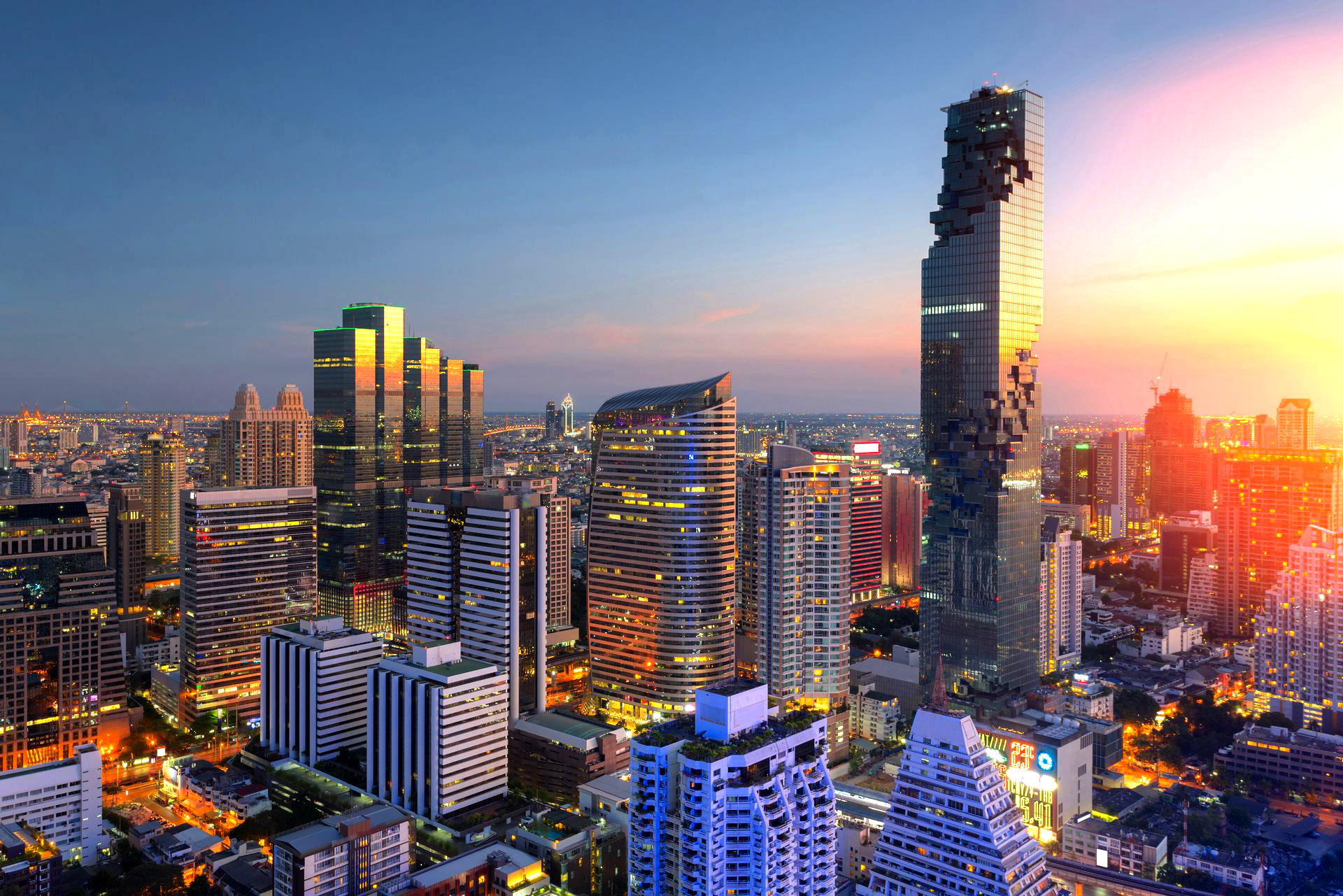
Executive summary
Management consultancy
Arthur D. Little’s (ADL) new global study of urban mobility assesses the mobility maturity and performance of 66 cities worldwide and finds most not just falling well short of best practice but in a state of crisis. Indeed it is not putting it too strongly to say that many cities’ mobility systems are standing on a burning platform and if action is not taken in the very near future they will play a major role in slowing the growth and development of their host nations.
What is needed is innovative change. This report highlights what is holding them back, showcases best practice and identifies three strategic imperatives for cities and three clusters of future business models for mobility suppliers that will enable cities to meet the urban mobility challenge.
Methodology
Arthur D. Little assessed the mobility maturity and performance of 66 cities worldwide using 11 criteria ranging from public transport’s share of the modal mix and the number of cars per capita to average travel speed and transport-related CO2 emissions. The mobility score per city ranges from 0 to 100 index points; the maximum of 100 points is defined by the best performance of any city in the sample for each criteria. In addition the study reviewed and analysed 39 key urban mobility technologies and 36 potential urban mobility business models.
Plotting the trend
The world’s population is increasingly city-based; 51% or 3.5 billion people currently live in urban areas and by 2050 this is expected to reach 70% of the population or 6.3 billion people.
Urban mobility is one of the toughest challenges that cities face; accordingly, we will see massive investment in the future. Today, 64% of all travel kilometres made are urban and the amount of travel within urban areas is expected to triple by 2050. Being able to get around urban areas quickly, conveniently and with little environmental impact is critical to their success.
Existing mobility systems are close to breakdown. By 2050, the average time an urban dweller spends in traffic jams will be 106 hours per year, three times more than today. Delivering urban mobility will require more and more resources. In 2050 urban mobility will:
- Cost €829bn per year across the globe, more than four times higher than in 1990.
- Use 17.3% of the planet’s biocapacities, which is five times more than in 1990.
Where are we now?
Rated on a scale of 1-100 (with 100 representing the top performance) the average score was close to 65 (64.4 points). Which means that, on average, the 66 cities achieve just two thirds of the level of performance that could potentially be reached today by applying best practice across all operations.Only two cities (Hong Kong and Amsterdam) scored above 80 points, with just 15% of cities scoring above 75 points.
There are big differences between the top and low-end performers in the various regions.
- Western Europe: Overall best regional performance with an average of 71.4 points, with seven out of the 18 analysed cities scoring above 75 points. Amsterdam (81.2) and London (78.5 points) lead the way, while Rome (57.9 points) and Athens (53.3) are the worst performing cities.
- Eastern / Southeastern Europe: Most cities performed close to the regional average of 64.0 points. Only Istanbul (70.2) comes close to the top performance cluster and St. Petersburg (56.9 points) is the worst performing city in Eastern / Southeastern Europe.
- North America: A slightly below average performance – but way below Western Europe – with 62.0 points. Just Boston, with 76.2 points scores highly, while Atlanta has only 46.2 points, making it the worst performing city surveyed.
- South America: Average performance, just ahead of North America with 63.6 points. Mexico City leads the way with 65.7 index points closely followed by Buenos Aires (65.3) and São Paulo (59.7).
- Asia / Pacific: The broadest range in performance – from Hong Kong, which with 81.9 points tops the global table, down to Manila with 48.4 points. This gives an average of 62.5 points.
- Middle East / Africa: The lowest performing region with an average of 54.4 points. Dubai (58.0) comes top and Tehran bottom with 47.7 points.
What is holding back change?
There are clearly sufficient available solutions to meet today’s urban mobility challenges. Arthur D. Little identified 39 key technologies and 36 potential urban mobility business models. However, these solutions are not being applied comprehensively.

